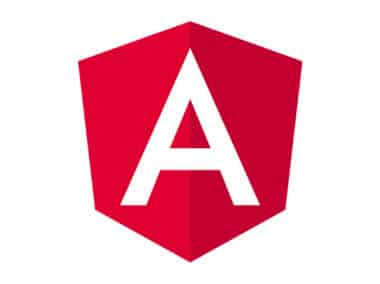If you’re building a web application, you’ll probably need to collect user input at some point. Whether you’re building a registration form, a search bar, or a checkout page, forms are an essential part of web development. Vue.js is a popular JavaScript framework that provides developers with powerful tools for building user interfaces, including forms.
In this guide, we’ll cover some of Vue.js’s most useful features for building forms, including two-way data binding, computed properties, and form validation. By the end of this guide, you’ll have a strong understanding of how to use Vue.js to create dynamic, responsive forms that collect user input and validate data.
Two-Way Data Binding
Two-way data binding is a core feature of Vue.js that allows for automatic synchronization of data between the model and the view. It means that any changes made to the form fields are automatically updated in the underlying data model and vice versa. This feature is incredibly useful for building forms, as it eliminates the need to write custom code to handle data binding.
Here’s an example of how to use two-way data binding in a Vue.js form:
<template>
<form>
<label for="name">Name:</label>
<input type="text" v-model="name">
<p>Your name is {{ name }}</p>
</form>
</template>
<script>
export default {
data() {
return {
name: ""
};
}
};
</script>
In this example, the v-model directive binds the value of the input field to the name data property. Any changes made to the input field will automatically update the name property and the p tag will display the updated value. This simple example demonstrates the power of two-way data binding in Vue.js.
Computed Properties
Computed properties are functions that are cached based on their dependencies. They are useful for performing calculations or manipulating data before displaying it in the view. In the context of forms, computed properties can be used to preprocess user input before it is submitted. For example, you might use a computed property to calculate the total cost of an item in a shopping cart before the user submits the order.
Here’s an example of how to use computed properties in a Vue.js form:
<template>
<form @submit.prevent="submitForm">
<label for="price">Price:</label>
<input type="number" v-model="price">
<p>The total cost is {{ totalPrice }}</p>
<button type="submit">Submit</button>
</form>
</template>
<script>
export default {
data() {
return {
price: null
};
},
computed: {
totalPrice() {
return this.price ? this.price * 1.05 : null;
}
},
methods: {
submitForm() {
// Handle form submission
}
}
};
</script>
In this example, the computed property totalPrice calculates the total cost of an item by adding a 5% tax. The form’s submit event is handled by the submitForm method, which can access the processed data. Computed properties are a powerful tool for manipulating data in Vue.js forms.
Form Validation
Form validation is the process of ensuring that user input meets specific criteria before it is submitted. Vue.js provides built-in form validation using the v-model directive and validation modifiers. This feature is incredibly useful for ensuring that your application doesn’t receive invalid data from users.
Here’s an example of how to use form validation in a Vue.js form:
<template>
<form @submit.prevent="submitForm">
<label for="email">Email:</label>
<input type="email" v-model.trim="email" required>
<p v-if="!$v.email.$dirty || $v.email.email">Please enter a valid email address.</p>
<label for="password">Password:</label>
<input type="password" v-model.trim="password" :class="{ invalid: $v.password.$error }" required>
<p v-if="!$v.password.$dirty || !$v.password.required">Please enter a password.</p>
<button type="submit">Submit</button>
</form>
</template>
<script>
import { required, email } from "vuelidate/lib/validators";
export default {
data() {
return {
email: "",
password: ""
};
},
validations: {
email: { required, email },
password: { required }
},
methods: {
submitForm() {
if (this.$v.$invalid) {
return;
}
// Handle form submission
}
}
};
</script>
In this example, the v-model directive is used to bind the input fields to their respective data properties. The required and email validators are applied by using the validations property, which is provided by the vuelidate library. The error messages are displayed based on the $v object, which contains validation information for each field. The form’s submit event is handled by the submitForm method, which checks if the form is valid before submitting it.
Conclusion
Vue.js provides powerful features for building forms, including two-way data binding, computed properties, and form validation. By leveraging these features, you can collect user input and validate data with ease. This guide has provided an introduction to these features, but there’s much more to learn about Vue.js forms. If you’re interested in learning more, check out the Vue.js documentation or explore some of the many tutorials available online. Happy coding!




